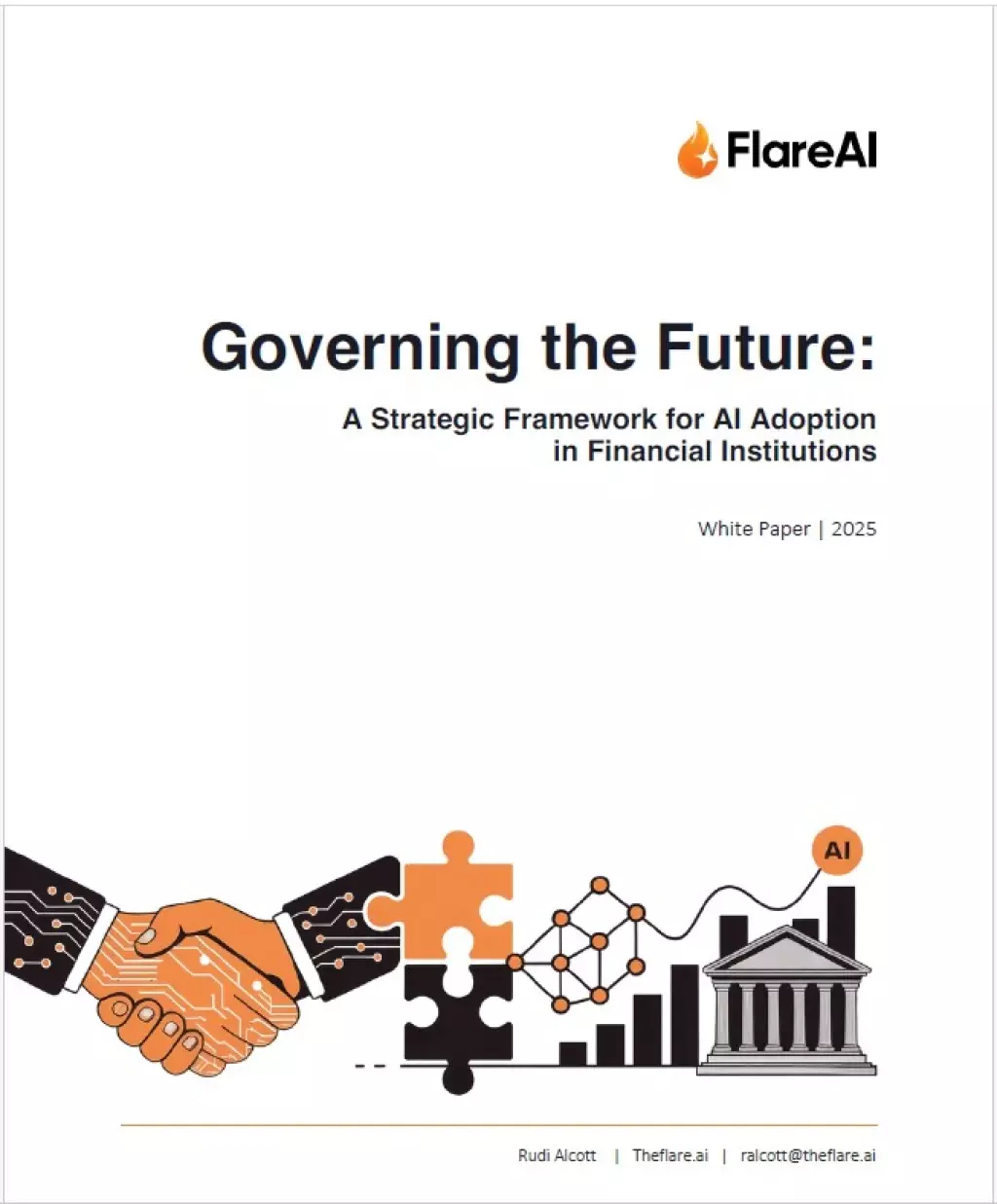Chung-Ang University Develops MoBluRF for Sharp 4D Reconstructions
Chung-Ang University researchers have developed MoBluRF, a framework that enables the creation of sharp neural radiance fields (NeRF) from blurry videos, announced in a press release. This advancement addresses the challenges of motion blur in videos captured by handheld devices, which previously hindered accurate 3D scene reconstruction.
MoBluRF operates in two stages: Base Ray Initialization (BRI) and Motion Decomposition-based Deblurring (MDD). The BRI stage reconstructs dynamic 3D scenes from blurry videos, refining the initialization of base rays. The MDD stage then uses these base rays to predict latent sharp rays, improving deblurring accuracy by decomposing motion blur into global camera motion and local object motion.
The framework introduces novel loss functions to separate static and dynamic regions without motion masks and enhance geometric accuracy. MoBluRF outperforms existing methods in both quantitative and qualitative measures, offering robust performance against varying degrees of blur. This innovation allows consumer devices like smartphones to produce sharper and more immersive content, marking a significant advancement in the field of NeRFs.
We hope you enjoyed this article.
Consider subscribing to one of our newsletters like Daily AI Brief.
Also, consider following us on social media:
Subscribe to Daily AI Brief
Daily report covering major AI developments and industry news, with both top stories and complete market updates
Whitepaper
Governing the Future: A Strategic Framework for AI Adoption in Financial Institutions
This whitepaper explores the transformative impact of artificial intelligence on the financial industry, focusing on the governance challenges and regulatory demands faced by banks. It provides a strategic framework for AI adoption, emphasizing the importance of a unified AI approach to streamline compliance and reduce operational costs. The document offers actionable insights and expert recommendations for banks with fewer than 2,000 employees to become leaders in compliant, customer-centric AI.
Read more
